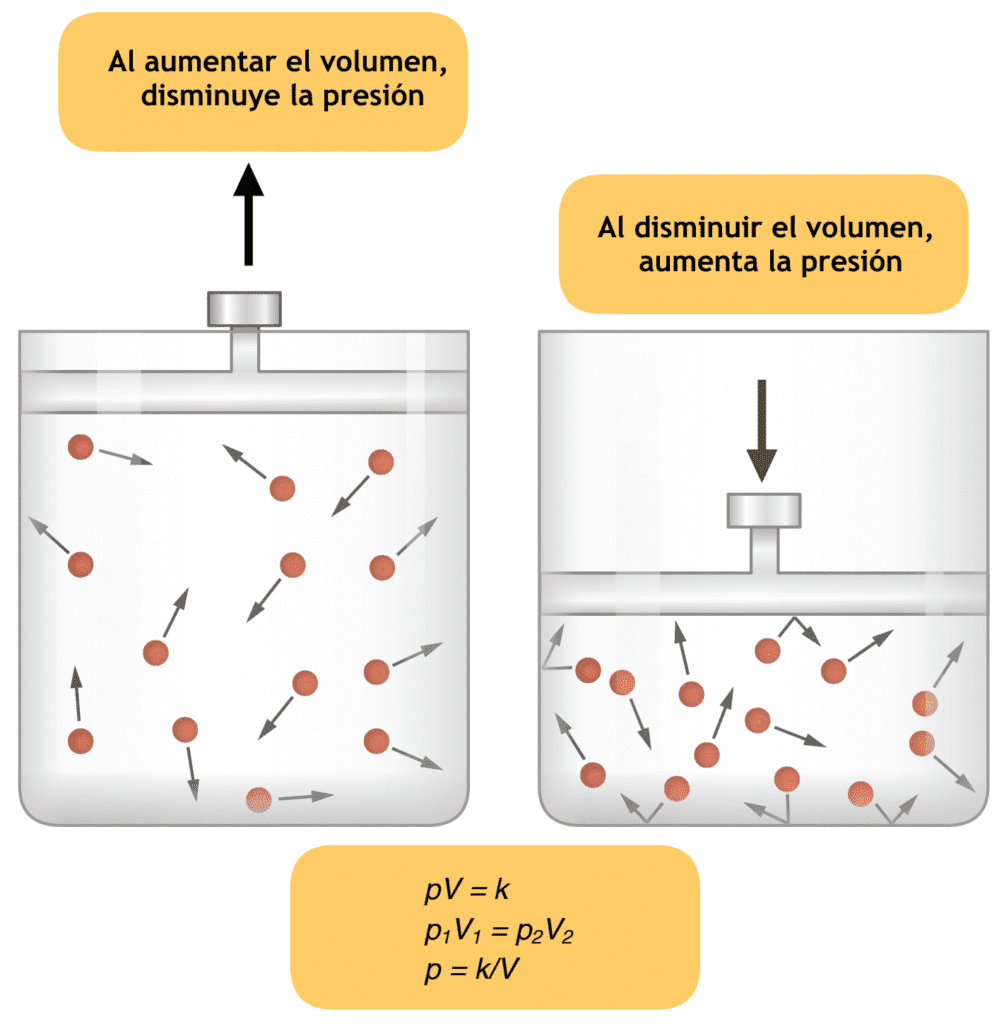The metabolism of Sevoflurane complications yields fluoride ions, which if greater than 50 tmol/Iit is toxic. However, there are no reports of renal toxic effects.
Compound A which is a degradation product when exposed to sodalime is also nephrotoxic, however this has not been clinically reported. It is safer to use flows greater than 2 lit/mm; not use it for long hours and hydrate the sodalime. The evidence of renal injury is albuminuria, glucosuria and raised levels of urinary p-glutathione-S-transferase.
Also in terms of Sevoflurane complications , Hepatotoxicity has not been reported, there is no rise in transaminases levels. Sevoflurane is the only halogenated volatile compound not metabolized to trifluoroacetic acid which is implicated in hepatic damage.
Sevoflurane complications should be avoided in patients susceptible to malignant hyperthermia.
Miller’s Anesthesia, 7 edition says the following about Sevoflurane complications –
Sevoflurane is metabolized to hexafluoroisopropanol, formaldehyde, inorganic fluoride, and carbon dioxide. Although very high fluoride levels have been reported after sevoflurane anesthesia, fluoride-associated renal injury has not been reported.
The major base-catalyzed breakdown product of sevoflurane is compound A. Compound A is a nephrotoxic vinyl ether that induces both dose- and time-dependent renal injury. The threshold for renal injury in rats and humans appears to be approximately 150 ppm-hours of exposure to compound A (i.e., 50 ppm for 3 hours).
The toxic threshold appears to be reached only under clinical conditions of prolonged sevoflurane anesthesia, and changes in glucosuria and enzymuria are observed. Blood urea nitrogen and creatinine levels remain unchanged. To date, no significant clinical renal toxicity has been associated with the use of sevoflurane.
Desiccated carbon dioxide absorbent and inhaled anesthetic interactions can lead to the production of carbon monoxide in the anesthesia circuit (desflurane ⋙ enflurane > isoflurane). Negligible amounts of carbon monoxide are formed from halothane and sevoflurane.
New calcium hydroxide–based CO2 absorbents, such as Amsorb and DragerSorb Free, contain neither NaOH or KOH and thus are chemically inert and do not degrade inhaled anesthetics to carbon monoxide or degrade sevoflurane to compound A.The interaction of inhaled anesthetics with CO2 absorbents is an exothermic reaction resulting in the production of heat.
The temperature of CO2 canisters during routine clinical use averages 25°C to 45°C but increases inversely with decreased fresh gas flow, and sevoflurane is associated with the greatest production of heat. Hydrogen is an important by-product of this reaction.
The high yield of hydrogen, ease of ignition, and low tissue solubility make hydrogen the most likely fuel in anesthesia machine fires because of its reactions with desiccated CO2 absorbents and sevoflurane. This reaction can be significant and result in fire, toxic gas, and patient injury.

